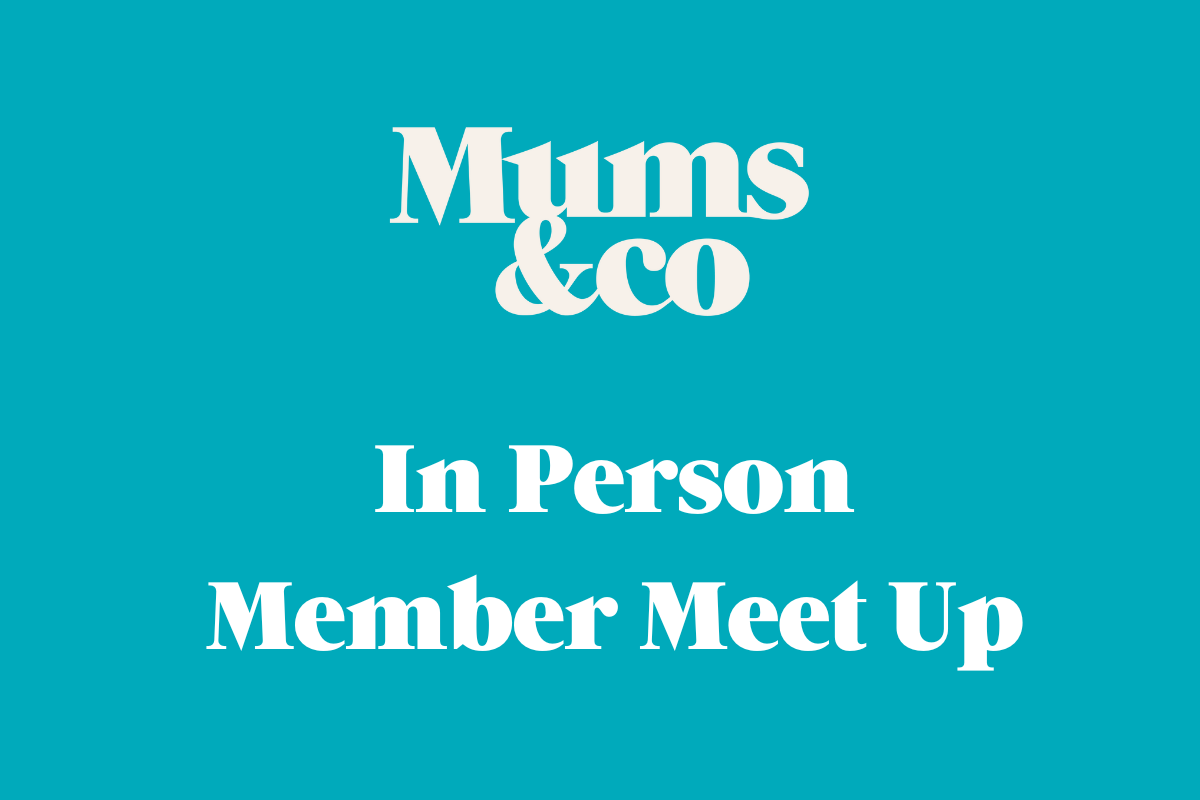Are you happy with what you earn? If not, read on.
Do you earn as much money as you think you should? We've come up with five steps to help you feel free of financial stress.
Do you earn as much money as you think you should?
One of the most common complaints of first-time business owners (particularly those who are solo operators) is that they’re working way more hours than they ever did when employed by someone else, and yet they are taking home less money. Understanding what you need to earn and how to increase your earning capabilities is crucial when starting or growing your small business. From how to figure out how much you need to earn through to digital platforms to help you keep track of your expenses, we’ve come up with five steps to help you feel free of financial stress.
5 steps to work out your earning potential
1. Expenses Education
The first thing any aspiring business owner must do is figure out their non-negotiable expenses – that is how much money from your business you’ll need to input into life outside of work (i.e., mortgage/rent, childcare/schools, car, petrol, food, clothing and other household bills). You will then need to figure out how much you will need for any office-related expenses, such as rental properties, equipment, cars, phones, laptops etc. Next up, you need to review any staff salaries (including superannuation) as well as how much you need to set up the business itself (registering the name, trademarking and associated legal fees, annual fees for accountants, business stationery, website and any branding work (logo etc.).
Once you have all of these figures down, you can begin to see how much, as a minimum, you’ll need to be bringing in. It’s often at this stage that people realise just how much easier it is to work for someone else!
2. Set Your Annual Goal
Once you have a solid understanding of how much you’ll need to operate the business (without causing your family to struggle in the process), you can begin to set an annual income goal for yourself. This goal should be realistic, but also stretch you so that you not only survive, but thrive.
Depending on your circumstances this can mean different things — from being able to go on an overseas holiday once a year with family through to buying designer outfits or going out regularly with friends to the latest restaurants.
Once you have your base revenue goal you want to then add 4 weeks of holiday, 10 days of sick leave and your own superannuation. One of the easiest ways to do this is to look at your annual income goal and divide this figure by the days per week you’ll work (i.e. 4 days if Monday – Thursday), then by the weeks you’ll work (for most of us, this is 52). You’ll then have a very rough** day rate by which you can figure out your holiday and sick pay**.
Let’s say you want to earn $100,000 and you want to only work four days per week.
- That equates to an income of $481 per day ($100,000/4 then divided by 52).
- To ensure you can take 4 weeks off as holidays you’ll want to add $7696 (16 days x $481).
- To ensure you can take 10 days sick pay you’ll also want to add $4810 (10 days x $481).
- Lastly, you want to add your superannuation, which, in this case, equates to $10,000.
So, all up your total earning for the year jumps from $100,000 to $117,696** (before taxes). You'll then want to review what this looks like on a weekly and monthly basis and whether that's realistic.
A great online tool for looking at annual income and what this equates to each week (in Australia) is Pay Calculator.
3. Understand Your Streams
The next thing you’ll want to review is where exactly your money is going to come from. If you sell products you may have entry-level items you can sell more of, as well as a mix of higher-priced items that you sell less frequently. You’ll need to review the margins and quantities required for these to bring in your desired profit. You may be launching an online store or investing in a trade show in order to get a bulk of new stockists.
If you’re a service-based business you may have 1:1 coaching sessions, you may charge premium rates for in-house corporate workshops and consulting, or you may have cheaper (entry-level) public classes. The point is to review activities/products in which you may be undercharging and look at how you could increase associated fees/costs. You may also want to review how you could add extra value for key stockists / clients.
For product-based businesses this may look like point-of-sale marketing collateral, content creation, networking events or in-store training, while for service-based businesses this may look like templates or reports that aid your clients in building upon your consulting work or seminars you can charge a ticket price for.
By understanding your revenue streams, you can work out which ones you’ll need to increase the frequency of in order to increase your overall revenue.
4. Reduce Expenses
The next thing you want to do is to review where you can reduce your expenses. If you’re building a website and getting quotes for $20,000+ you may decide to build it yourself using Squarespace or Dessign.net. If you currently outsource all bookkeeping you may decide to invest time into learning a digital bookkeeping platform like Xero or MYOB. If you currently pay a graphic designer to create your social media images, you may choose to swap to a drag and drop design system like Canva to save on money.
5. Consult the Experts
The last step is perhaps the most important. Spend time researching a quality accountant or financial advisor that can help you grow your business. Ask other business friends, family or even jump into small business Facebook Groups (like the Mums & Co Facebook group) for recommendations. Look at gathering as much information about your finances as you can prior to meeting with them so you can fully utilise the time you have. This may include following the steps above and creating a really clear list of questions to go through within your session. Consulting a financial expert will involve an initial cost, but the insight and expertise you’ll gain from someone in the industry will be invaluable for setting you up for continued financial success.
Money can be one of the most stressful parts of starting or growing your own small business. Learning more about your finances, and how to create systems and processes that work for you, is crucial in growing your business.
Recommended Reading: How Women In Business Are Innovating During A Crisis Recommended Reading: The Power of Community
Recommended Reading: How to build your brand in a crisis
We’re here to support you and we’re stronger together. Join the Mums & Co Tribe here and get your business exposure in our Member Directory. Join us here.
** The author Fiona Killackey is not a financial consultant and any calculations quoted within this article are rough and for example only. Please seek professional financial help should you wish to review your own expenses and earning capabilities.
-1.png)

.png)

.png)






